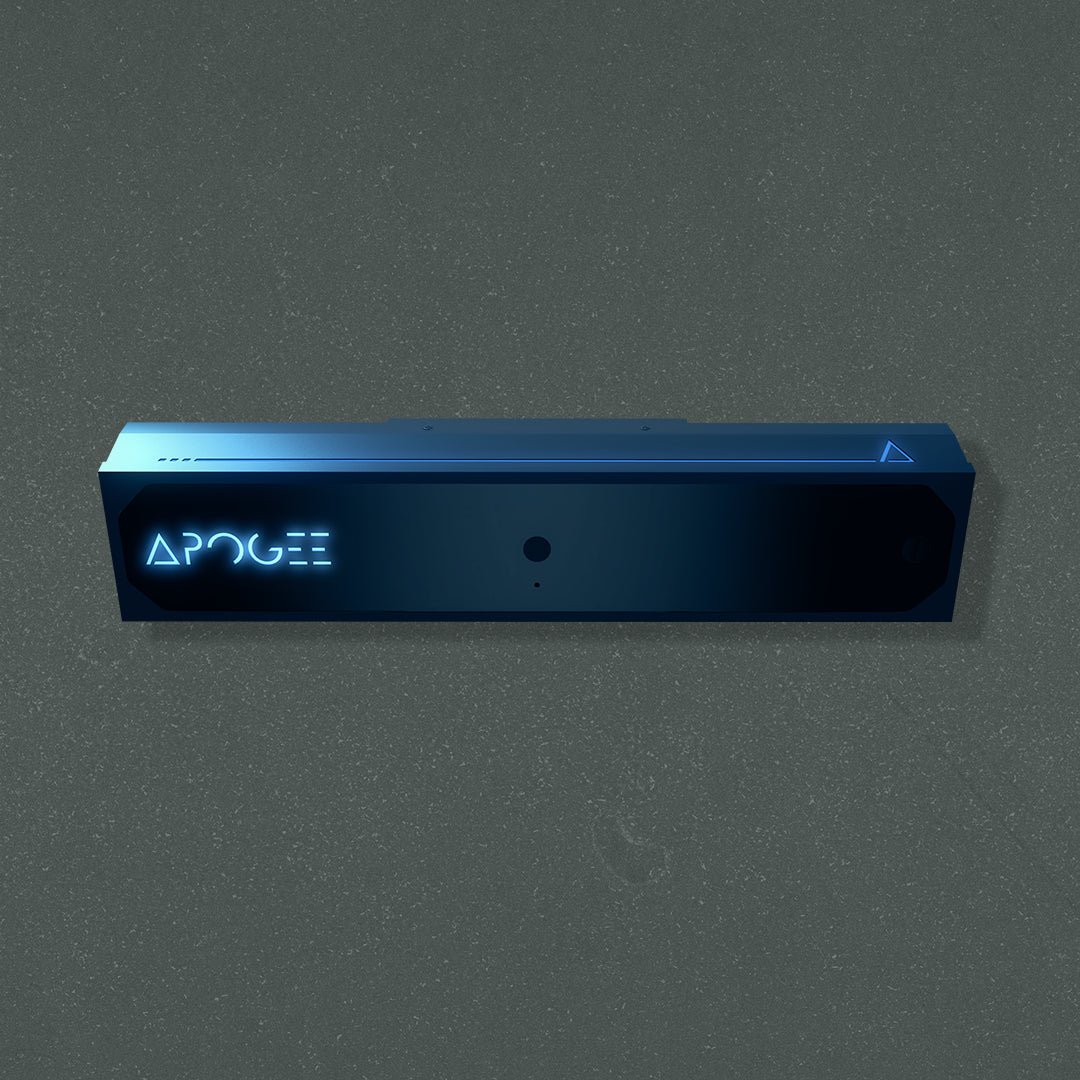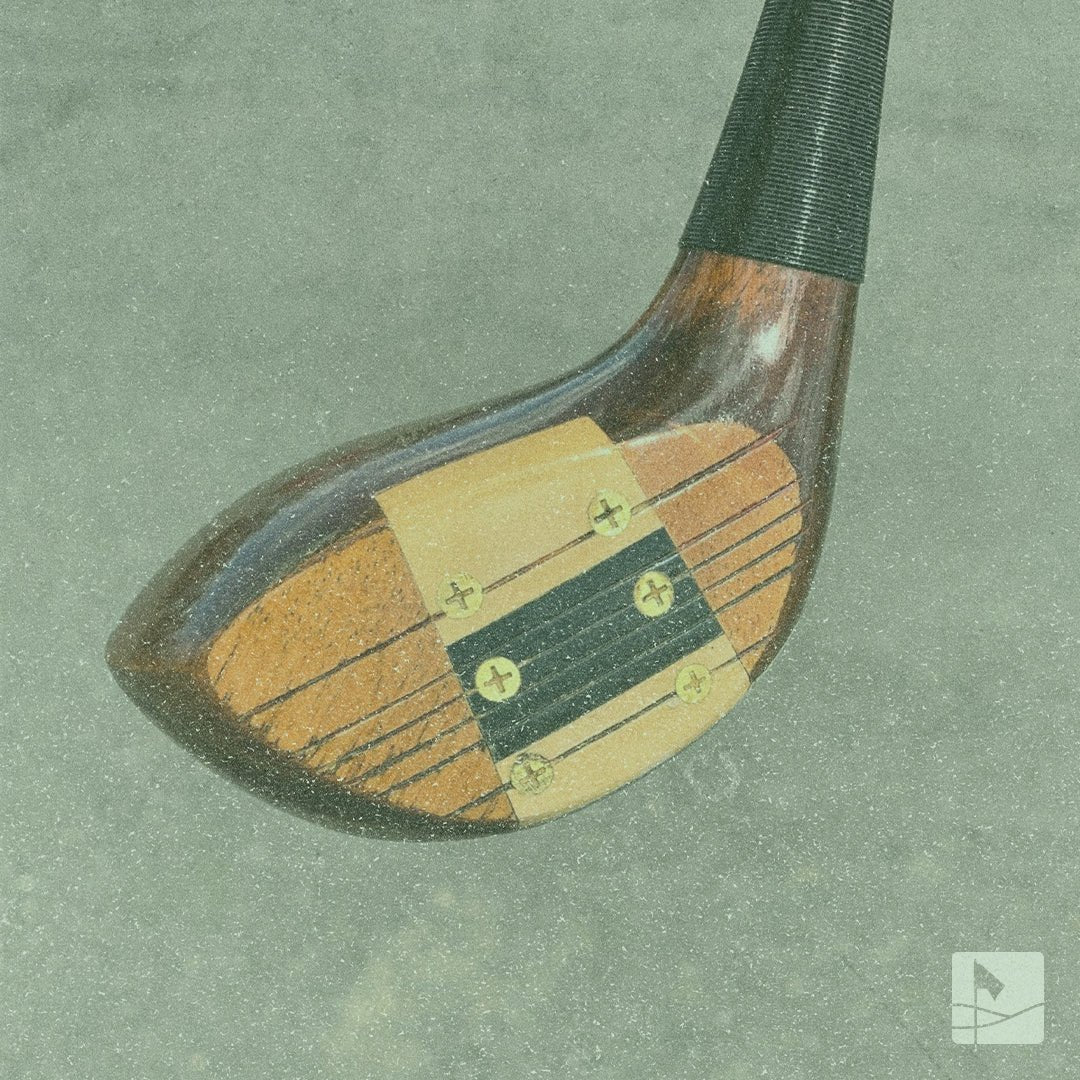I’ve learned a lot about playing better with my wedges, and none of the improvement that I’ve seen has anything to do with swing mechanics. I know this sounds ridiculous because all golfers recognize that there is a very real correlation between lower scores and the development of better mechanical habits. But I had tried everything with my wedges and I was over it. Nothing caused me more frustration on the course than when a duffed greenside shot led to another, or led to trouble and recovery attempts, and my group waiting, and rushed putts, and picking up, and forgetting my stroke total for the hole, and consequently playing aggressively on my next approach attempt in an effort to skip the unreliable wedge work which in turn led to even more trouble and recovery situations, etc. I tinkered with adjustments in my stance and my swing path, my take away and my follow through, and I found, like many golfers before me, that there was no easy way to magically hit all of my wedge shots close to the pin. Everything finally changed when I shifted my understanding of what makes a successful wedge shot away from an obsession with proximity to the pin, to reliably finding the green.
Truly excellent wedge play requires skill, experience, touch, and strategic shot making. It’s also important to note that there’s a huge variety of wedge shots that could prove successful in any given situation, just like there’s a huge variety of greenside conditions, lies, approach distances, and clubs. All of this being said, the one aspect of good wedge play that has the most impact on any golfer’s scoring potential is smart, strategic shot making. The first and most critical goal of any wedge shot, from any distance, should be to safely find and hold the green—and every green found should be considered a good shot. When I trained myself to become a mercenary that hunted greens instead of pins, I saw a marked reduction in my scores round-over-round despite my lack of finesse with the short clubs.
I’ve put together some easy-to-implement habits to help you make smarter plays when approaching your greens and hopefully minimize the short-game chaos.
Don’t Target the Pin
When setting up for your shot and selecting a target, don’t take aim directly at the hole. Instead choose a landing zone on the green that maximizes your chances to find and hold the putting surface. Launch angle, speed, and backspin are all components of your shot that have a regular and predictable effect on how far your ball will roll after impacting the green. Always target an area of the green with roll-out in mind.
Imagine that you’re playing into a green whose flag is tucked against the back edge, with plenty of bush and tree trouble just beyond the steep downslope past the fringe. It’s a long green with a tricky pin position. You’re 45 yards from the front edge, but 75 yards from the pin. The front of this imaginary green is almost 40 feet wider than the back. Are you better off playing to the widest, frontmost area of the green that will leave you with a long lag putt, or should you try to eliminate the potential 3-putt and go after the dangerous pin? The answer seems obvious, but I want to reinforce this point with some data.
From 30-40 yards out, a scratch golfer will, on average, land their ball within 16.3 feet of the hole—but from 75-125 yards, a scratch golfer can expect their average proximity to the target to be around 39 feet.
These numbers increase dramatically for higher handicap players. From 30-40 yards, a 15-handicap golfer can expect to be within 27.6 feet of the hole, and somewhere within a whopping 60 feet for shots taken from 75-125 yards out.
So even if you are a scratch golfer, attacking this hypothetical pin will never be the advantageous play because a 13-yard-wide dispersion potential means a high likelihood of adding strokes from trouble—but let’s use some more data to evaluate the scratch golfer who can’t help but go for it. Let’s say that this golfer plays his 75-yard shot into the green and ends up long of the pin by 10 yards, and is somehow, miraculously, safe. This 0-handicap player can expect to successfully make his Up-&-Down 57% of the time from 10 yards out, odds only slightly better than a coin toss. This scratch golfer’s best strategy is the same as the high handicapper’s—target an area on the green that minimizes risk and best encompasses the dispersion pattern for his chosen club.
Play the Lowest Risk Shot
Some situations make it extremely difficult to land your ball anywhere near the hole. Maybe the flag is sitting on a narrow terrace on a tiered green, or you’re forced to play into a downhill slope that will surely result in a massive roll-out. The smartest way to play your ball from tricky lies, or into tricky greens, is to choose a shot and a landing zone that minimizes negative fallout and prevents picking up strokes in recovery play. Low risk shots look like bump-and-runs from hard-packed dirt, or lofty but short shots onto the green from the deep rough.
Look at the average Up-&-Down percentages in the tables above. These averages show that high handicap players have an especially difficult time positioning themselves within gimme range when playing around the green. The argument for playing to the green instead of playing to the hole becomes especially important to consider when playing from less-than-ideal greenside conditions. As your total distance to the hole decreases and you’re no longer positioned to take full wedge-shots, errors and mishits become more frequent because finesse shots can be so difficult to execute. We’re now in the realm of bladed balls and whiffed little pop-ups from the tall grass. So, if you’re in the deep rough but only 15 yards from the pin, your primary focus should still be on executing a shot that reliably puts your ball onto the putting surface even if this means that you’re taking a longer putt.
Play shots that you have a better chance of playing well, especially when chipping. It’s important to not try to make an un-practiced shot work for the sake of attacking a pin, instead play a shot that’s more likely to guarantee that you’re reaching for your putter next.
You Make So Many Less Putts Than You Think
For years I thought that good play with my wedges meant landing my ball inside a ten-foot radius around the hole, consequently setting myself up for “easy” putts. The tables above show that this is a highly unlikely outcome considering my skill level and my average approach distances. But I’ve also come to understand putting differently, and I’m no longer concerned with beating myself up to get that 10-foot look—it’s not as attractive as it sounds, trust me.
PGA Tour Pros, on average, only sink 40% of their putts from 10 feet, while scratch golfers can expect a make rate of about 33%. Recreational golfers that shoot in the 90s only experience a 20% success rate when putting from 10 feet, and only see 50% of their putts drop from 5 feet.

I’m presenting you with this putting data in my argument about wedge play for a few reasons. First, it’s important to establish reasonable expectations about your game. Having knowledge of your distances, dispersion patterns, and unique mis-hit tendencies in addition to having an understanding of broader probabilities based on overall skill-level provides you all the information you need to re-organize your game around principles that save strokes on the course. So, if you’re a golfer who usually shoots in the 90s, expect that you’re only likely to drain two out of every ten putts from 10 feet—not really odds worth taking high risk shots for. The second reason I wanted to talk about putting is to hopefully present a new idea about finesse play on, and around, the green.
Putts are a proximity play, plain and simple. As seen in the Putting Success table, the only distance where any golfer can reasonably expect their putt to find the cup starts at about 5 feet from the hole, and this is true for tour pros and weekend warriors alike. This data and the data presented in the shot proximity tables, means that every single golfer can reasonably expect a minimum of two putts on every green, and all of their putting effort and focus should be centered around lagging the ball as close as possible to the positive-probability range of 5 feet. Assume that you’re putting twice, organize your game around that principle, and stop rolling the dice trying to manifest the makeable 5-footer from the fairway.
This line of thinking made it especially easy for me to ignore my inner gambler, and accept that safe play into the green wasn’t depriving me of any real scoring opportunities, but instead it was consistently and quietly lowering my score that didn’t require adjustments to my swing or trying to fit any tricky new wedge shots into my bag. Working on speed-controlled lag putting is a significantly more achievable goal for me set than doing my best to roll my wedge shots up to the cup for a tap in.
What Does This Mean for Practice?
Now you’re all set to start making more informed short game decisions. Great! What now? How do you ensure that putting this logic into practice on the golf course is easy and effective? The answer is to get very familiar with your numbers. Spend some time on the range, or better yet, inside a golf simulator putting together a clear picture of your dispersion patterns and how far your shots roll out on a variety of greens.
When you are practicing in a simulator or with any launch monitor, set a target and take 30-40 shots. Take note of high-density areas to get an understanding of high-probability landing zones in relation to your target. It’s also crucial to that you take the time to learn your total left-to-right dispersion, and your total possible range of distances so you can establish a boundary of possible shot outcomes.
Once you’re have a solid grasp on your distances, your lateral dispersions, and the character of your dispersion patterns, it becomes significantly easier to target your greens with confidence.





